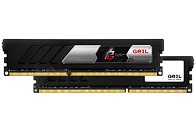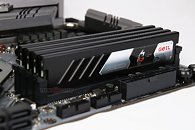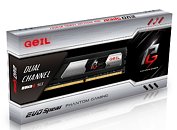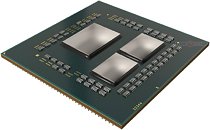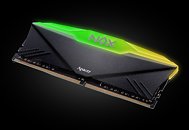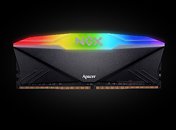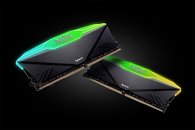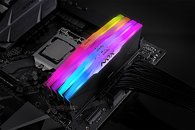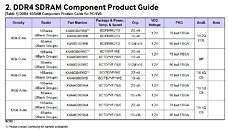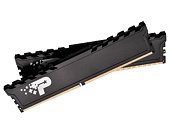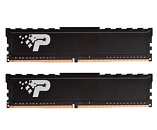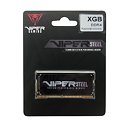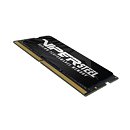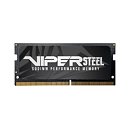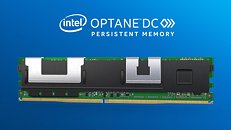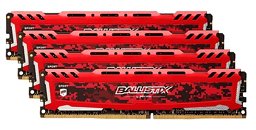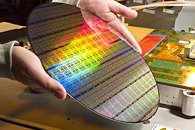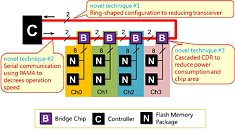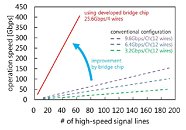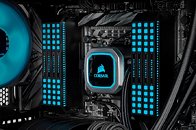
GeIL Announces EVO SPEAR Phantom Gaming Edition Memory for SFF Systems
GeIL (Golden Emperor International Ltd.), one of the world's leading PC components and peripheral manufacturers, has announced a partnership with ASRock to expand their gaming product line and launch the EVO SPEAR Phantom Gaming Edition Memory. This new memory module delivers the hardcore gaming experience gamers and enthusiasts demand for their SFF (small form factor) systems.
The all-new EVO SPEAR Phantom Gaming Edition Memory is fully compatible with ASRock Phantom Gaming motherboards, including the latest Z390 Phantom Gaming X, Z390 Phantom Gaming 7 and X399 Phantom Gaming 6. It is available as single modules and kits up to 64GB and runs as low as 1.2V and at max 1.35V, thereby resulting in less power consumption and higher reliability. Featuring a stylish and stealthy standard-height heat spreader, EVO SPEAR Phantom Gaming Edition Memory can be used in most case designs especially the SFF (small form factor) systems and full-sized gaming PCs. It's ideal for gamers, enthusiasts, and case modders looking to maximize gaming performance with minimum investment.
The all-new EVO SPEAR Phantom Gaming Edition Memory is fully compatible with ASRock Phantom Gaming motherboards, including the latest Z390 Phantom Gaming X, Z390 Phantom Gaming 7 and X399 Phantom Gaming 6. It is available as single modules and kits up to 64GB and runs as low as 1.2V and at max 1.35V, thereby resulting in less power consumption and higher reliability. Featuring a stylish and stealthy standard-height heat spreader, EVO SPEAR Phantom Gaming Edition Memory can be used in most case designs especially the SFF (small form factor) systems and full-sized gaming PCs. It's ideal for gamers, enthusiasts, and case modders looking to maximize gaming performance with minimum investment.
